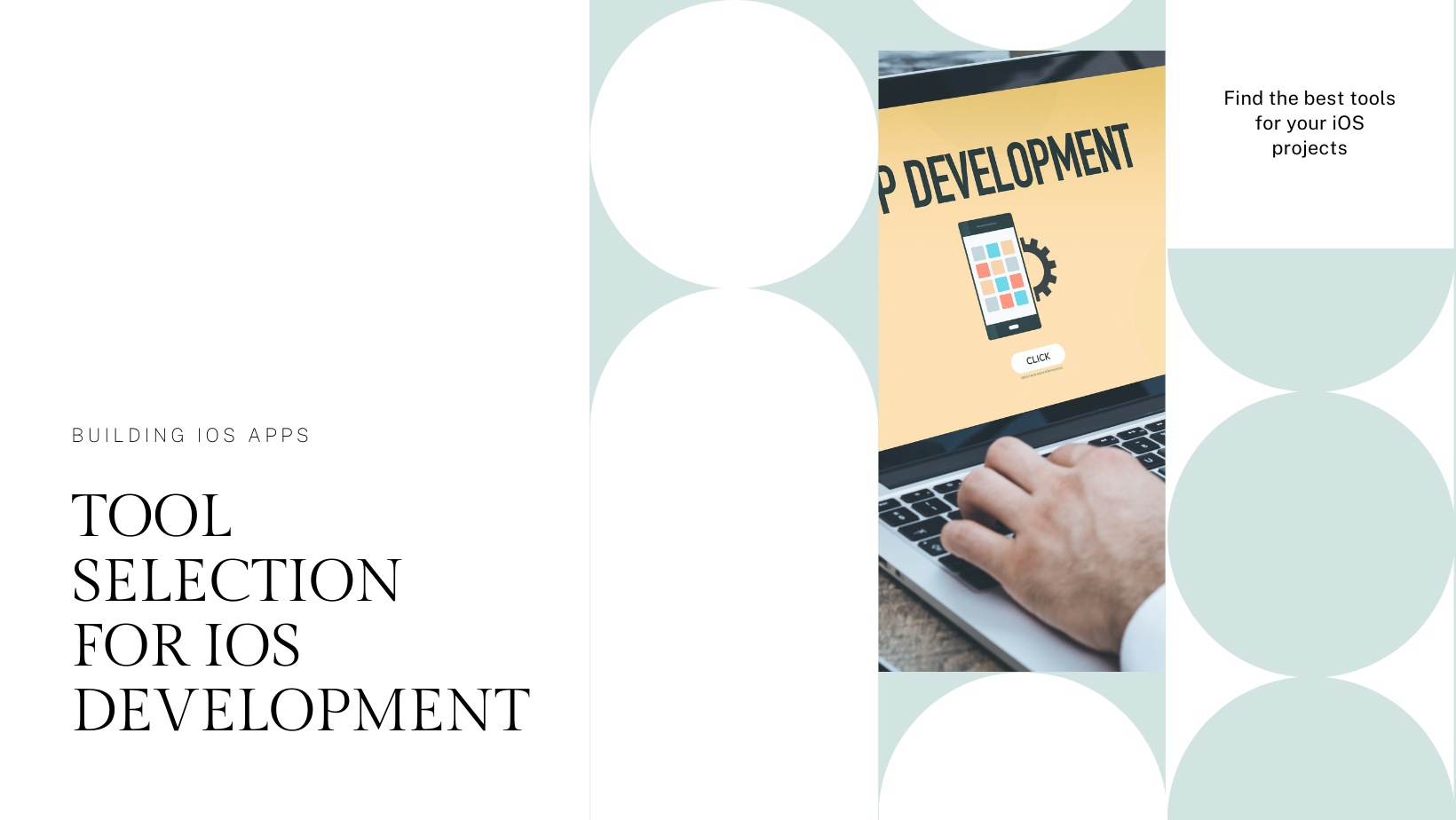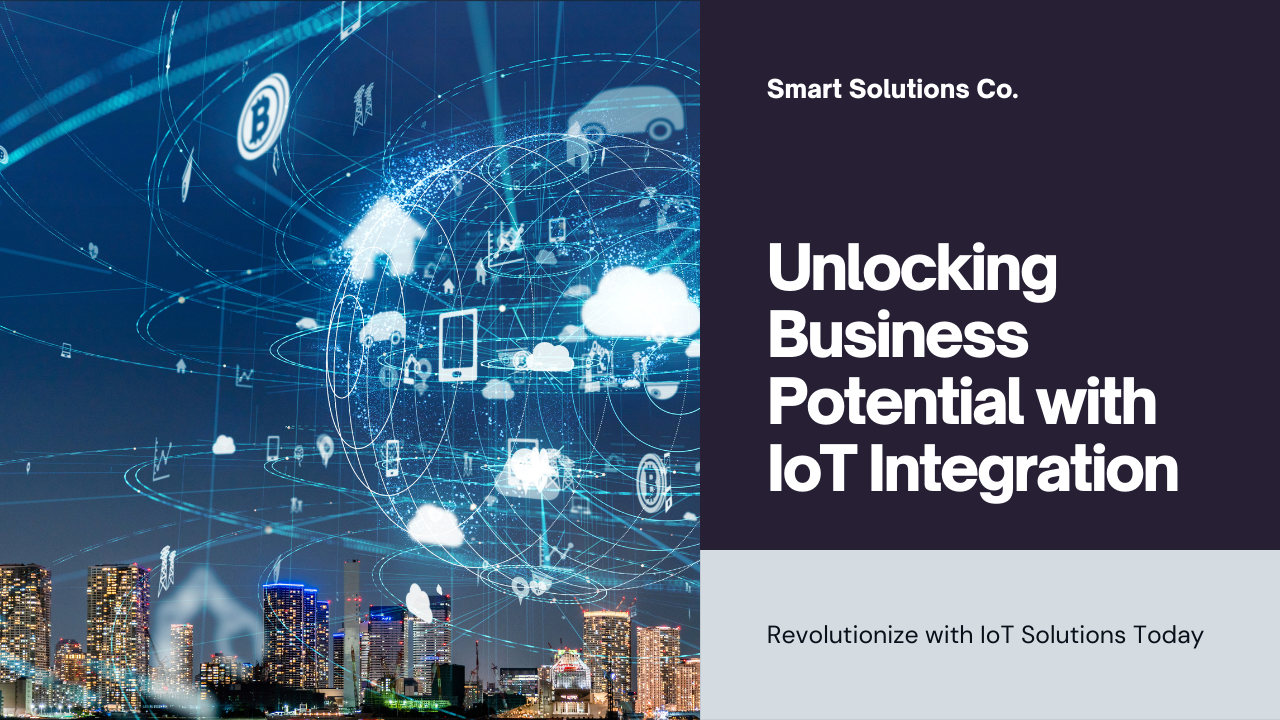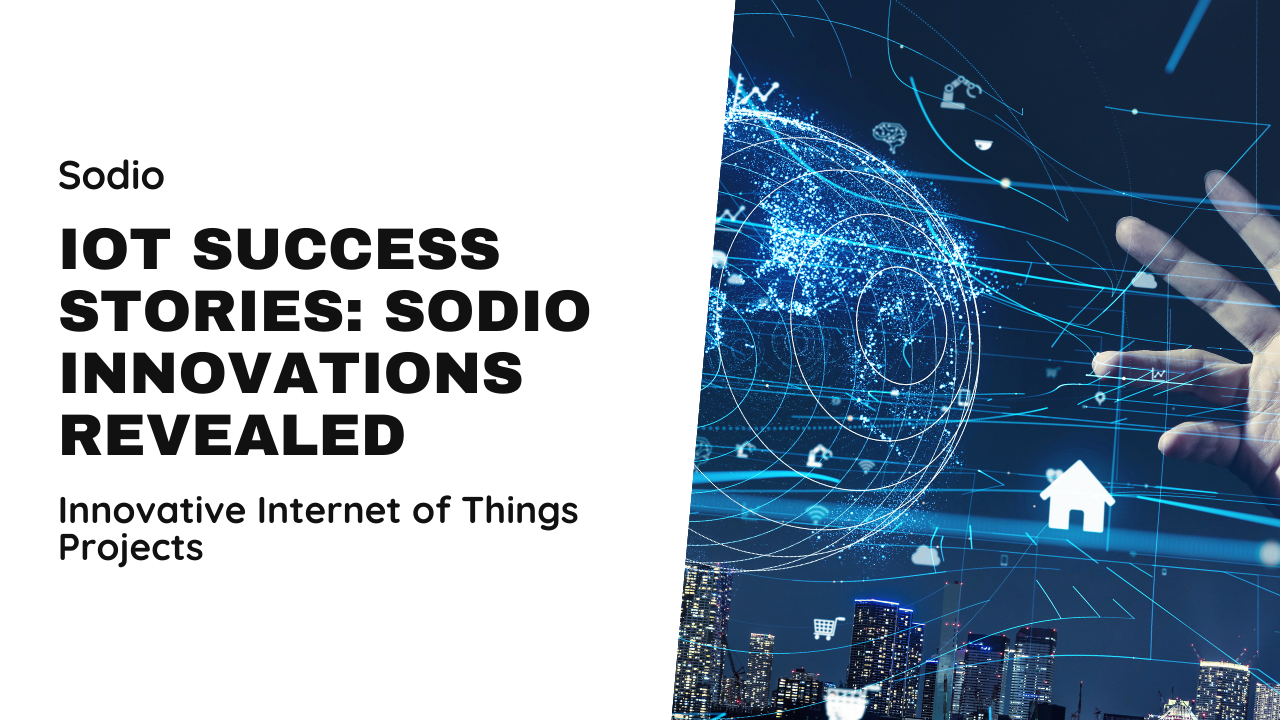Augmented Reality (AR) and Virtual Reality (VR) applications are reshaping industries by offering immersive user experiences and innovative solutions. Developing AR/VR applications requires a strategic approach, leveraging advanced technologies, and adhering to best practices. This blog provides a detailed guide on how to develop AR/VR applications, covering essential steps, tools, challenges, and future trends in AR/VR development.
Understanding Augmented Reality (AR) and Virtual Reality (VR)
1. Augmented Reality (AR)
AR integrates digital content into the user’s real-world environment, enhancing their perception and interaction with surroundings. AR applications overlay information, such as images, animations, or 3D models, onto physical objects through devices like smartphones, AR glasses, or headsets. Understanding AR involves spatial mapping, object recognition, and real-time data integration to deliver seamless user experiences.
2. Virtual Reality (VR)
VR creates immersive, simulated environments that isolate users from the physical world, typically through VR headsets or goggles. VR applications transport users to virtual worlds where they can interact with 3D environments, objects, and characters. VR development focuses on spatial awareness, user interaction, and motion tracking to deliver immersive experiences that simulate real-world scenarios or fantasy environments.
Essential Steps to Develop AR/VR Applications
1. Define Objectives and Use Cases
Begin by defining clear objectives for your AR/VR application—whether it’s enhancing customer engagement, improving training simulations, or creating immersive entertainment experiences. Identify target audiences, user requirements, and specific use cases to guide development decisions and ensure alignment with business goals.
2. Choose Development Tools and Platforms
Select AR/VR development tools and platforms based on project requirements, technical expertise, and compatibility with target devices. Popular AR development frameworks include ARKit (iOS), ARCore (Android), and Vuforia for cross-platform solutions. For VR, Unity3D and Unreal Engine offer robust environments for creating interactive VR applications with advanced graphics and physics simulations.
3. Design User Interfaces and Experiences
Design intuitive user interfaces (UI) and user experiences (UX) that optimize interaction and navigation within AR/VR environments. Consider spatial UI elements, gesture controls, and immersive interactions that enhance usability and engagement. Implement 3D modeling, animation, and audio design to create realistic environments and compelling storytelling in VR applications.
4. Integrate Advanced Features and Functionality
Enhance AR/VR applications with advanced features such as real-time object tracking, spatial mapping, and gesture recognition to deliver dynamic user experiences. Integrate APIs, sensor data, and cloud services for content delivery, data synchronization, and backend infrastructure support. Ensure scalability, performance optimization, and compatibility across different devices and operating systems.
Challenges and Considerations in AR/VR Development
1. Hardware and Device Compatibility
AR/VR development requires considerations for hardware specifications, device capabilities, and performance optimization to ensure smooth functionality and user experience across different platforms and devices.
2. User Experience and Feedback
Iterate on AR/VR applications based on user feedback, usability testing, and analytics to refine UI/UX design, performance enhancements, and feature updates. Prioritize user-centric design principles to maximize engagement and satisfaction with the application.
Future Trends and Innovations in AR/VR
1. 5G Connectivity and Edge Computing
The adoption of 5G networks and edge computing technologies will accelerate AR/VR development by delivering high-speed connectivity, low latency, and enhanced data processing capabilities. These advancements will support real-time interactions, multiplayer experiences, and cloud-based content delivery in AR/VR applications.
2. Artificial Intelligence (AI) and Machine Learning (ML)
AI and ML technologies will enhance AR/VR applications with intelligent features such as predictive analytics, natural language processing, and personalized content recommendations. AI-driven algorithms will optimize user interactions, content creation, and immersive storytelling in AR/VR environments, shaping the future of interactive experiences.
Conclusion: Embracing Innovation in AR/VR Development
Developing AR/VR applications requires a blend of creativity, technical expertise, and strategic planning to deliver immersive experiences that captivate audiences and drive business growth. By leveraging advanced technologies, embracing user-centric design principles, and anticipating future trends, businesses can unlock new opportunities and stay ahead in the evolving landscape of AR/VR innovation.
Sodio Technologies remains committed to advancing AR/VR development with cutting-edge solutions and expertise that empower businesses to thrive in a digital-first world. Embrace the transformative potential of AR/VR applications to redefine user experiences, revolutionize industries, and achieve sustainable success in a competitive marketplace.






